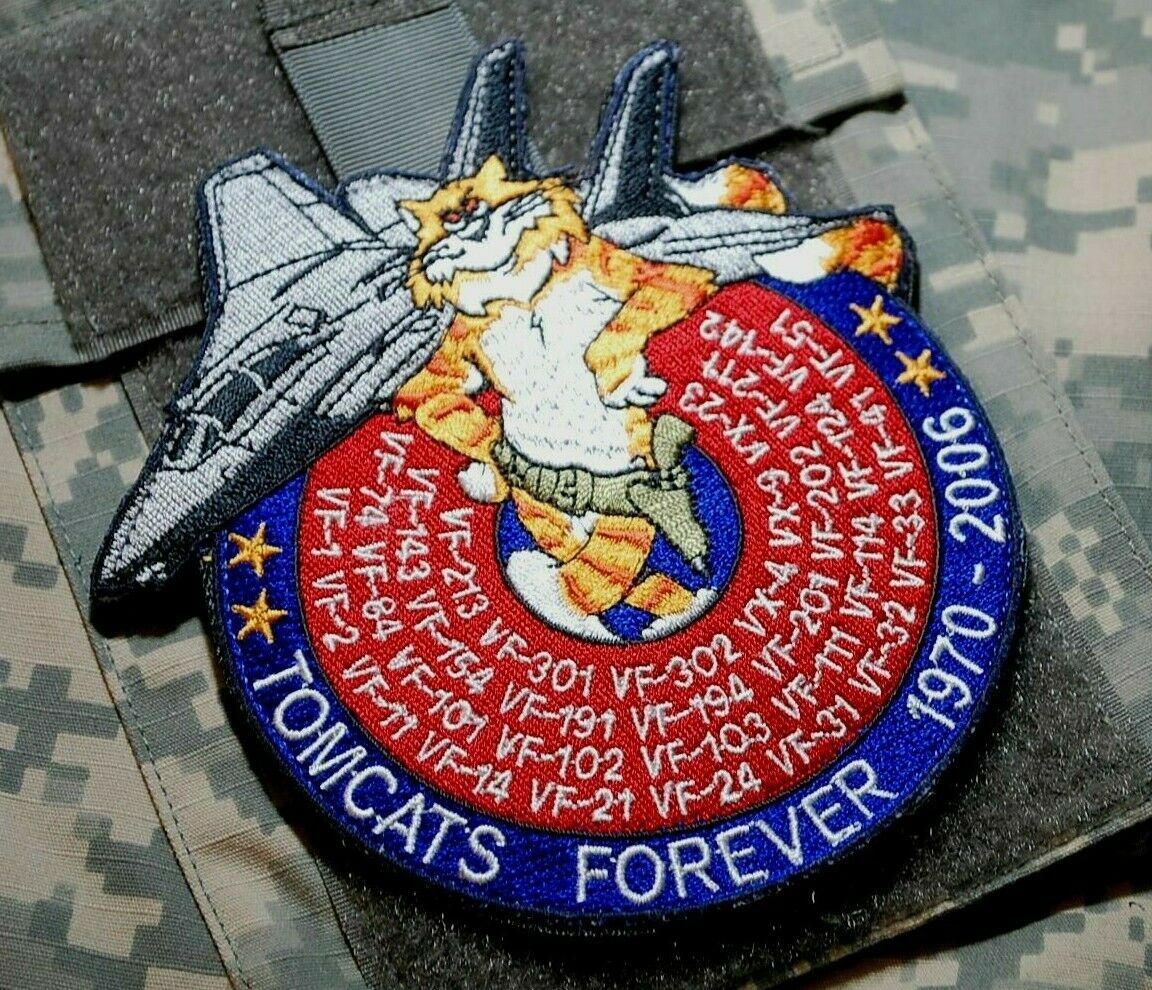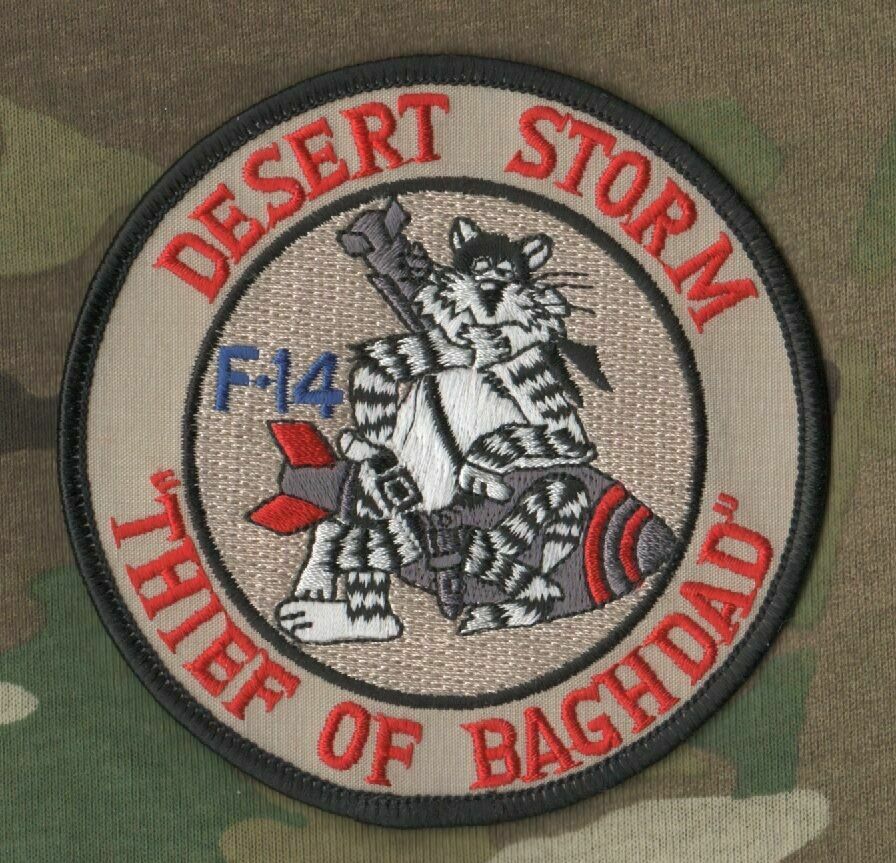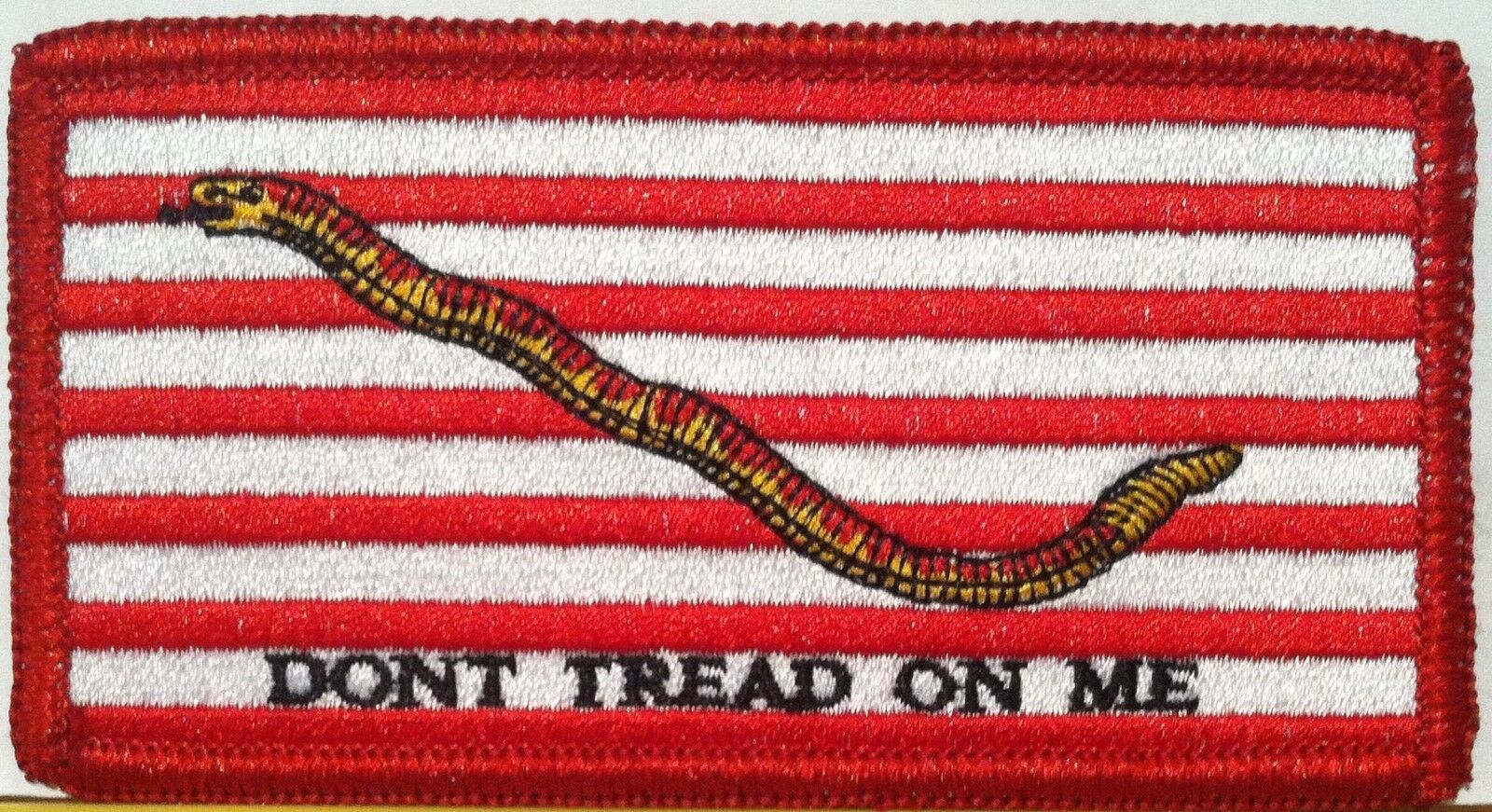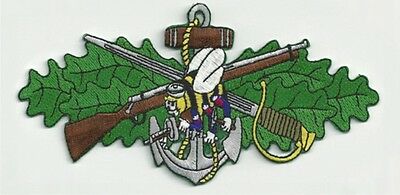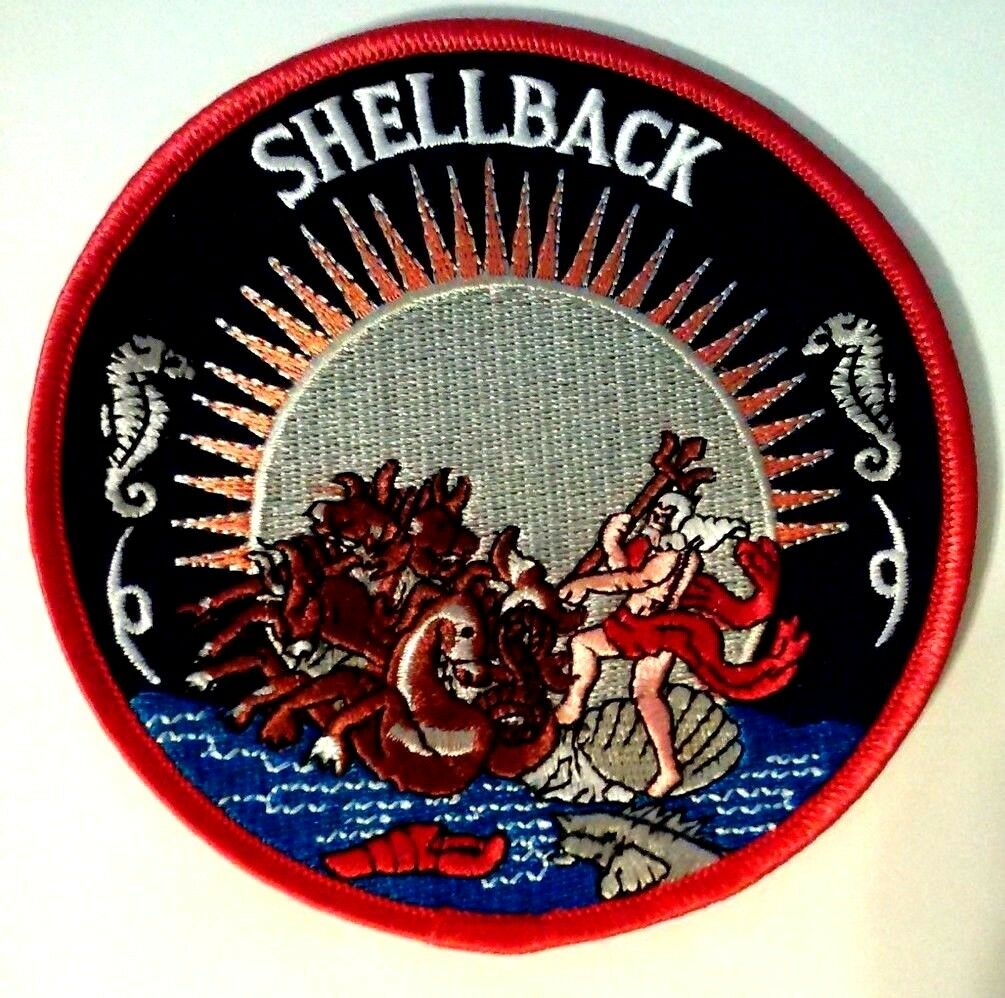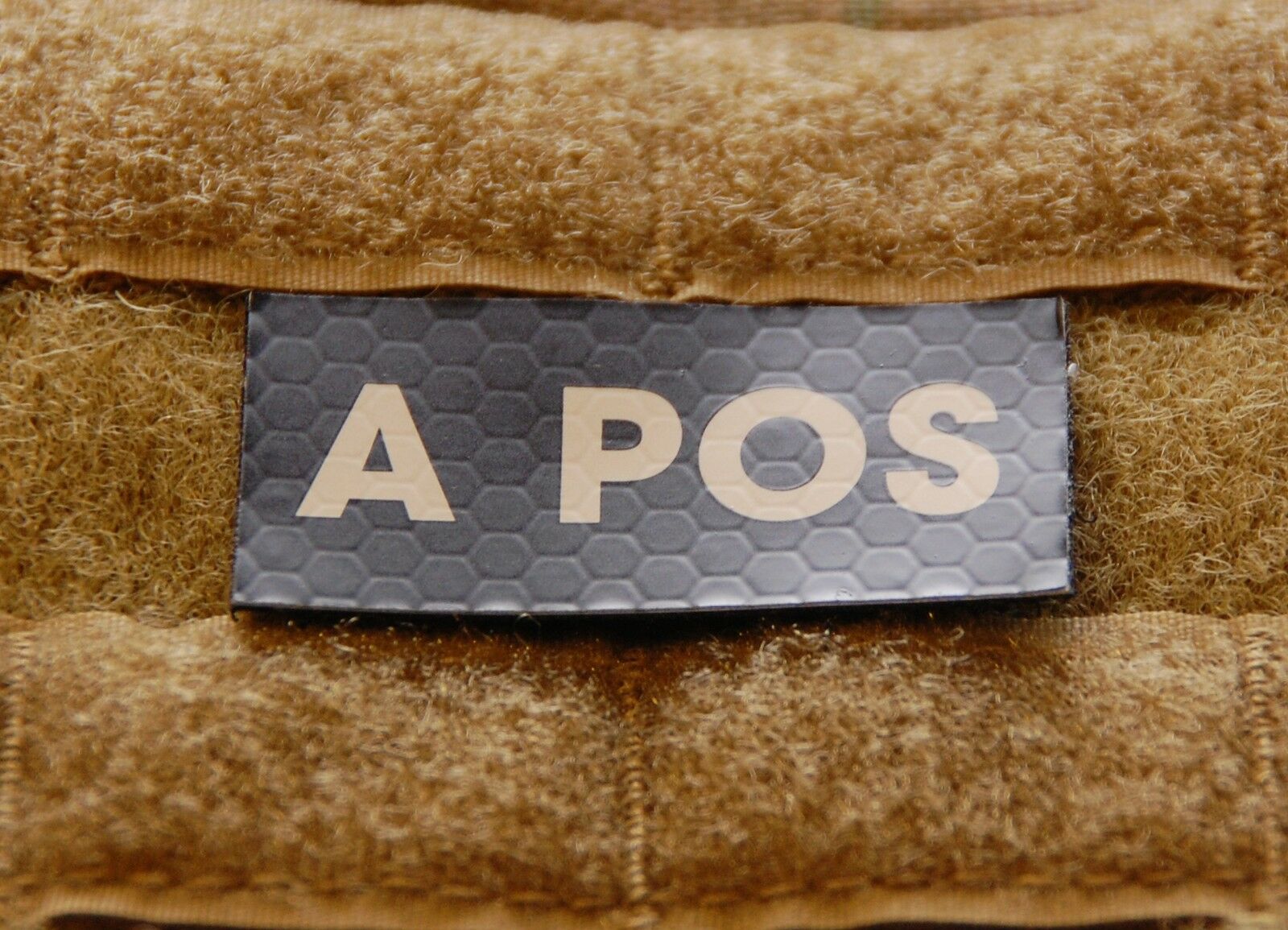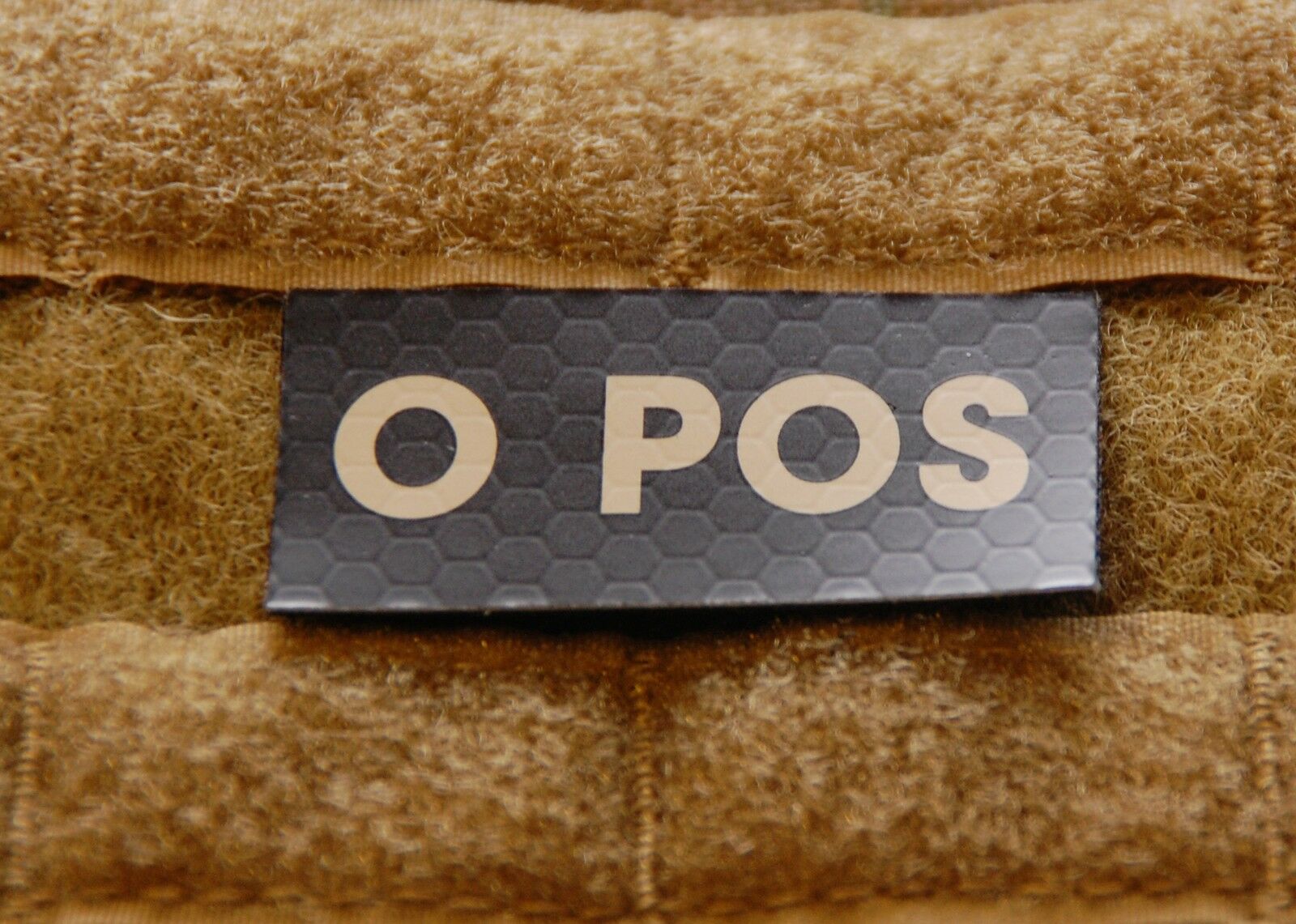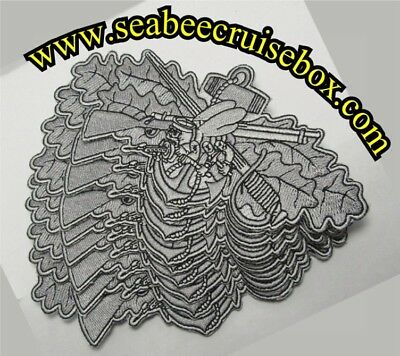-40%
F-14 TOMCAT FIGHTING 143 FAREWELL 1975 - 2005 COMMEMORATIVE PATCH: Pukin' Dogs
$ 11.61
- Description
- Size Guide
Description
USN F-14 TOMCAT FIGHTING 143 FAREWELL 1975 - 2005 COMMEMORATIVE PATCH: Pukin' DogsThis is a very special US NAVY USN F-14 TOMCAT FIGHTING 143 FAREWELL 1975 - 2005 COMMEMORATIVE PATCH: Pukin' Dogs. you will receive one vêlkrö Patch as shown in the first photo. You will receive the item as shown in the first photo. Please note that there are color variations due to different settings on different PCs and different Monitors. The color shown on your screen is most likely not the true color.
The Grumman F-14 Tomcat is an American supersonic, twin-engine, two-seat, twin-tail, variable-sweep wing fighter aircraft. It was the first such U.S. jet fighter with twin tails. The Tomcat was developed for the United States Navy's Naval Fighter Experimental (VFX) program after the collapse of the F-111B project. The F-14 was the first of the American Teen Series fighters, which were designed incorporating air combat experience against MiG fighters during the Vietnam War. The F-14 first flew on 21 December 1970 and made its first deployment in 1974 with the U.S. Navy aboard USS Enterprise (CVN-65), replacing the McDonnell Douglas F-4 Phantom II. The F-14 served as the U.S. Navy's primary maritime air superiority fighter, fleet defense interceptor, and tactical aerial reconnaissance platform into the 2000s. The Low Altitude Navigation and Targeting Infrared for Night (LANTIRN) pod system was added in the 1990s and the Tomcat began performing precision ground-attack missions. In the 1980s, F-14s were used as land-based interceptors by the Islamic Republic of Iran Air Force during the Iran–Iraq War, where they saw combat against Iraqi warplanes. Iranian F-14s reportedly shot down at least 160 Iraqi aircraft during the war, while only 12 to 16 Tomcats were lost; at least half of these losses were due to accidents. The Tomcat was retired by U.S. Navy on 22 September 2006, having been supplanted by the Boeing F/A-18E/F Super Hornet.[5] The F-14 remains in service with Iran's air force, having been exported to Iran in 1976. In November 2015, reports emerged of Iranian F-14s flying escort for Russian Tupolev Tu-95, Tu-160, and Tu-22M bombers on air strikes in Syria
Strike Fighter Squadron 143 (VFA-143), also known as the "Pukin Dogs," is a United States Navy strike fighter squadron based at Naval Air Station Oceana, Virginia. The Pukin Dogs are an operational fleet squadron and flying the F/A-18E Super Hornet. They are currently attached to Carrier Air Wing Seven and USS Abraham Lincoln.[1] They are currently at their homeport of NAS Oceana. Their radio callsign is Taproom. In 1875, the USS Beuron was the only ship in which the Captain allowed the crew members to bring aboard their pets. During heavy sea state, their pets, mostly made up of dogs, would “puke” on the deck making it a name made in history for the unit “Pukin Dogs.” The squadron adopted its current insignia in 1953, a winged black lion on a blue shield. The distinctive squadron name "Pukin' Dogs" came about when the squadron commander's wife saw the creature’s droopy head and gaping mouth design. She stated, in front of the squadron pilots, that it looked like a "pukin' dog." The pilots loved that, and the name stuck.[2] In the aftermath of the Tailhook scandal in 1991, the squadron was forced to officially rename itself the "Dogs". This official banishment was widely ignored until Admiral John Mazach, Commander, Naval Air Force U.S. Atlantic Fleet, rescinded the policy in a 1996 speech to the squadron. VF-143 was one of the first squadrons to deploy with the F-14A(+) (later renamed F-14B), in March 1990 aboard USS Dwight D. Eisenhower. When Iraq invaded Kuwait in August 1990, USS Dwight D. Eisenhower and her battle group rushed to the Red Sea to deter the Iraqis from further advancement into Saudi Arabia. In late August, USS Saratoga relieved USS Dwight D. Eisenhower . In early 1991, VF-143 was awarded COMNAVAIRLANT's 1990 Battle Efficiency Award as the Atlantic Fleet's finest fighter squadron. In addition, VF-143 was awarded the Chief of Naval Operations Rear Admiral Joseph C. Clifton Award. In May 1991 during the Air Wing's detachment to NAS Fallon, VF-143 dropped air-to-ground ordnance for the first time. In September, the squadron deployed to the Persian Gulf, and participated NATO exercises in the Norwegian Sea.[2] In August 1992, the squadron and the rest of Carrier Air Wing Seven switched aircraft carriers to USS George Washington, the Navy’s newest aircraft carrier. VF-143 deployed for USS George Washington's maiden cruise and then again for the carrier’s first Mediterranean Sea deployment in May 1994 where she took part in the 50th anniversary commemoration of the D-Day invasion and Operation Deny Flight. VF-143 returned to NAS Oceana in December 1994. VF-143 was awarded the 1994 Battle E, Safety S, Joseph C. Clifton and Golden Wrench awards. In January 1996, VF-143 departed on their second deployment in thirteen months, operating in support of Operation Decisive Endeavour and Operation Southern Watch. The squadron provided TARPS, Forward Air Controller, air superiority and air-to-ground missions. VF-143 returned to Oceana in July 1996. In early 1997, VF-143 transitioned to the Navy's newest carrier, USS John C. Stennis, deploying in 1998. The maiden deployment took them to the Persian Gulf, spending 131 days there in support of Operation Southern Watch. VF-143 played key roles using LANTIRN, night vision goggles and digital TARPS. VF-143 was recognized by COMNAVAIRLANT with the 1998 Battle “E” Safety "S" awards. VF-143 deployed in support of Operation Southern Watch, Operation Enduring Freedom and Operation Iraqi Freedom. The last deployment with the F-14 was in 2004 aboard USS George Washington in support of Operation Iraqi Freedom, during which time the squadron participated in strikes over Fallujah between April 28-April 29.[5] In 2005 VF-143 transitioned to the F/A-18E Super Hornet, and was designated Strike Fighter Squadron 143 (VFA-143).
The United States Navy Fighter Weapons School, commonly referred to as "Top Gun", was based at NAS Miramar, CA, but has since been moved to NAS Fallon, NV. This is the old version of their F-5 "Tigershark" TOP GUN (STAR) patch. Top Gun is a 1986 American action drama film directed by Tony Scott, and produced by Don Simpson and Jerry Bruckheimer, in association with Paramount Pictures. The screenplay was written by Jim Cash and Jack Epps, Jr., and was inspired by an article titled "Top Guns" published in California magazine three years earlier. The film stars Tom Cruise, Kelly McGillis, Val Kilmer, Anthony Edwards, and Tom Skerritt. Cruise plays Lieutenant Pete "Maverick" Mitchell, a young Naval aviator aboard the aircraft carrier USS Enterprise. He and hisRadar Intercept Officer (RIO) Nick "Goose" Bradshaw (Edwards) are given the chance to train at the Navy's Fighter Weapons School at Miramar in San Diego.
In 2015, the United States Library of Congress selected the film for preservation in the National Film Registry, finding it "culturally, historically, or aesthetically significant". The Northrop F-5A and F-5B Freedom Fighter and the F-5E and F-5F Tiger II are part of a supersonic light fighter family, initially designed in the late 1950s by Northrop Corporation. Being smaller and simpler than contemporaries such as the McDonnell Douglas F-4 Phantom II, the F-5 cost less to both procure and operate, making it a popular export aircraft. The F-5 started life as a privately funded light fighter program by Northrop in the 1950s. The design team wrapped a small, highly aerodynamic fighter around two compact and high-thrust General Electric J85 engines, focusing on performance and low cost of maintenance. Though primarily designed for the day air superiority role, the aircraft is also a capable ground-attack platform. The F-5A entered service in the early 1960s. During the Cold War, over 800 were produced through 1972 for U.S. allies. Though the USAF had no acknowledged need for a light fighter, it did procure roughly 1,200 Northrop T-38 Talon trainer aircraft, which were directly based on the F-5A. After winning the International Fighter Aircraft competition in 1970, a program aimed at providing effective low-cost fighters to American allies, Northrop introduced the second-generation F-5E Tiger II in 1972. This upgrade included more powerful engines, higher fuel capacity, greater wing area and improved leading edge extensions for a better turn rate, optional air-to-air refueling, and improved avionics including air-to-air radar. Primarily used by American allies, it remains in US service to support training exercises. It has served in a wide array of roles, being able to perform both air and ground attack duties; the type was used extensively in Vietnam. A total of 1,400 Tiger IIs were built before production ended in 1987. More than 3,800 F-5 and T-38 aircraft were produced in Hawthorne, California. The F-5 was also developed into a dedicated reconnaissance version, the RF-5 Tigereye. The F-5 also served as a starting point for a series of design studies which resulted in the Northrop YF-17 and the F/A-18navalized fighter aircraft. The Northrop F-20 Tigershark was an advanced variant to succeed the F-5E which was ultimately canceled when export customers did not emerge. The F-5N/F variants are in service with the United States Navy and United States Marine Corps as an adversary trainer. Approximately 500 aircraft are in service as of 2014.
Other items in other pictures are for your reference only, available in my eBay Store.
They will make a great addition to your Air Force PATCH collection. You find only US Made items here, with
LIFETIME
warranty.
**
eBay REQUIRES ORDER BE SENT WITH
TRACKING
, PLEASE SELECT
USPS 1ST CLASS SERVICE w/TRACKING
**
**
eBay REQUIRES ORDER BE SENT WITH
TRACKING
, PLEASE SELECT
USPS 1ST CLASS SERVICE w/TRACKING
**
We'll cover your purchase price plus shipping.
FREE 30-day No-Question return
ALL US-MADE PATCHES HAVE LIFETIME WARRANTY
We do not compete price with cheap import copies.
Watch out for cheap import copies with cut-throat price;
We beat cheap copies with Original design, US-Made Quality and customer services.
Once a customer, a LIFETIME of services
<

